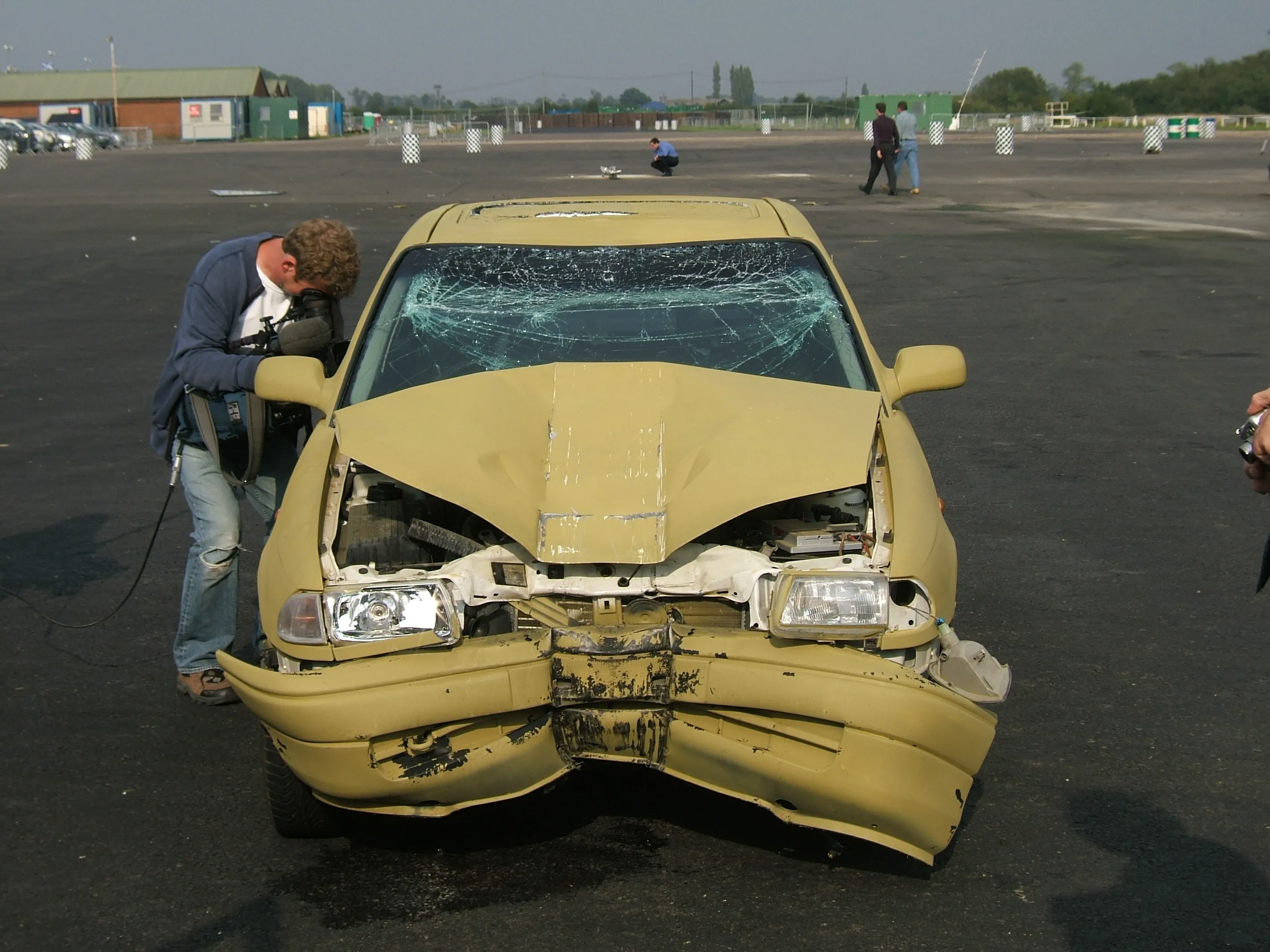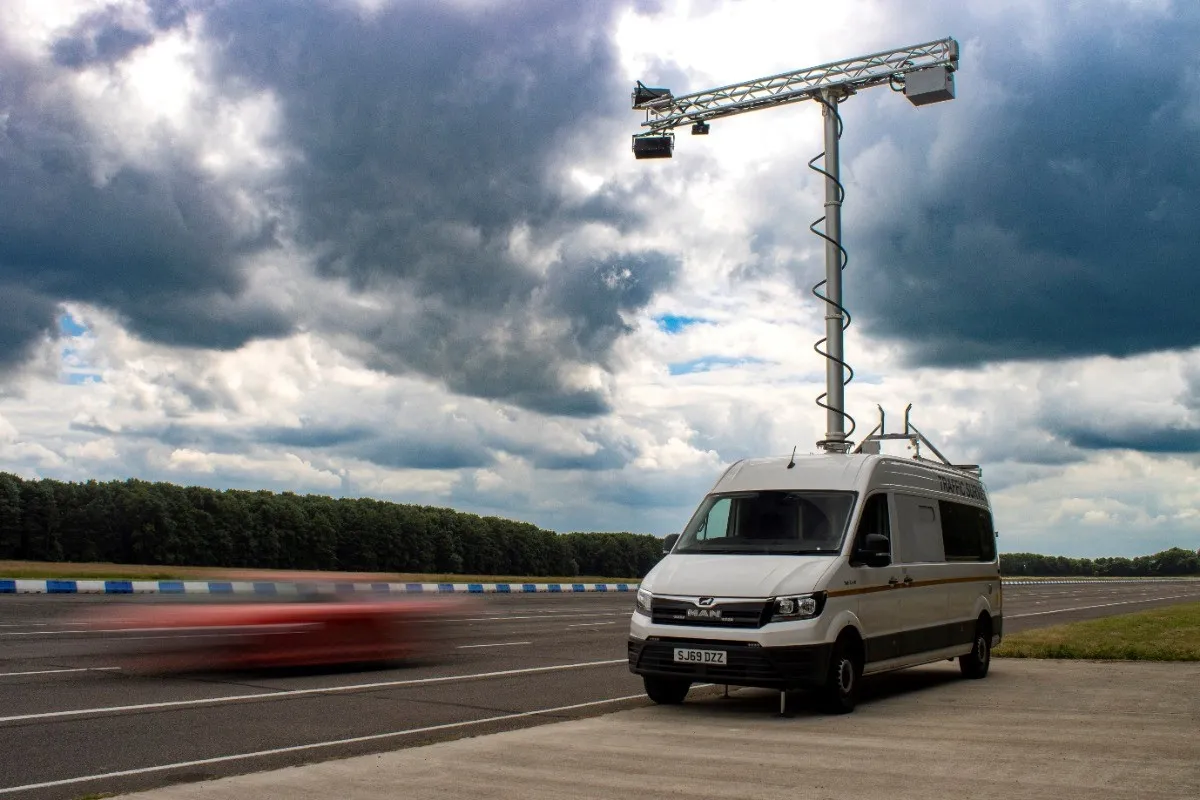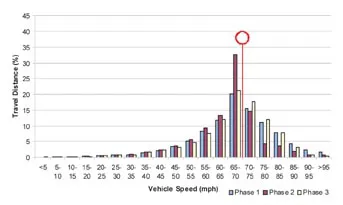Lighting columns and other roadside structures such as overhead gantries play an essential role in road safety, by improving night time visibility or giving information to drivers. However old generation units themselves pose a potential hazard as they can be impacted by vehicles departing the roadway and potentially with fatal results in the event of a high speed crash. This is why newer passively safe columns have been developed, which are designed to collapse in a controlled fashion when impacted, reduci
November 17, 2015
Read time: 1 min

Lighting columns and other roadside structures such as overhead gantries play an essential role in road safety, by improving night time visibility or giving information to drivers. However old generation units themselves pose a potential hazard as they can be impacted by vehicles departing the roadway and potentially with fatal results in the event of a high speed crash. This is why newer passively safe columns have been developed, which are designed to collapse in a controlled fashion when impacted, reducing the risk of death or injury to vehicle occupants.
This paper investigates some of the key issues for passively safe columns.
This paper investigates some of the key issues for passively safe columns.







